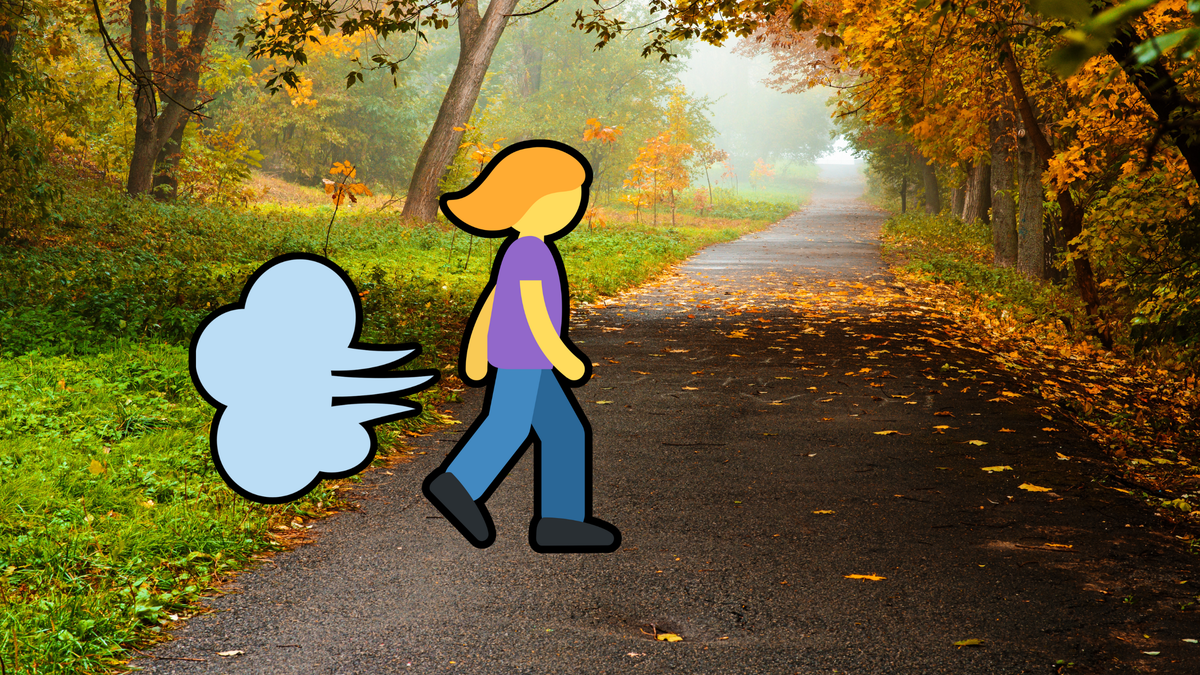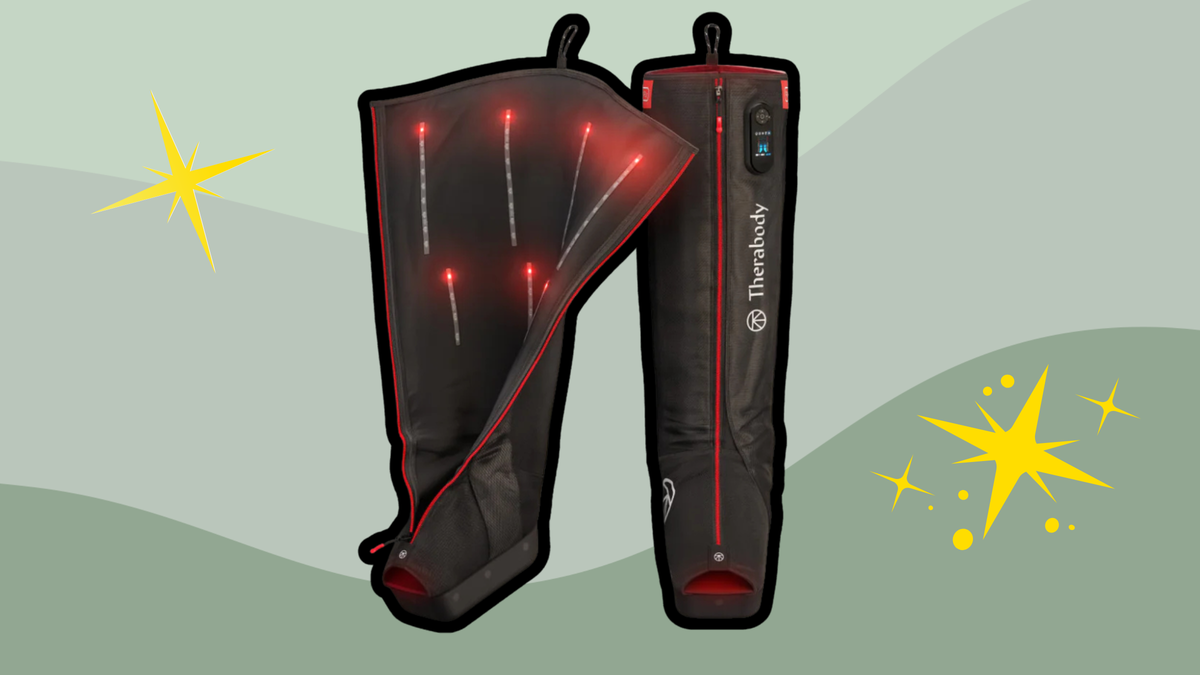
When it comes to health trends, it’s safe to say there are more than a few that aren’t legit (mouth taping, celery juice, any sort of hyper-restrictive diet—we could go on). And while the term “fart walk” may seem like a silly name for a social media fad with no science behind it, that couldn’t be further from the truth.
Here’s everything you need to know about fart walks—like how to take them and the many reasons why you should—according to two gastroenterologists.
What Is a Fart Walk?
“Fart walks” are fairly short, low-intensity walks after meals with the goal to release gas and help food move through your gastrointestinal (GI) tract and lessen symptoms such as bloating, reflux, and indigestion, according to Dr. Adrienna Jirik, a board-certified gastroenterologist at Cleveland Clinic.
@mairlynthequeenoffibre The #fartwalk lady is me. I’m mostly on instagram as Mairlyn Smith so I didn’t know i was that cool over here
#fartwalk #fartwalker #farts #hearthealthy #guthealthy #diabetesawareness #agingwell #aging
The term “fart walk” was coined by cookbook author Mairlyn Smith on social media in 2024. Since then, countless TikTokkers and Instagrammers have picked up on the term, some even citing it as their “new form of self care.” If you’ve ever gone for a hike after a meal and enjoyed some, ahem, relief during it, you’ve fart walked.
The Benefits of Fart Walks
Here are some of the perks you’ll experience by making fart walks—really, just post-meal strolls—part of your daily routine.
1. They Jump-Start Digestion
“As you walk, it helps move food and stool down the GI tract and air out from above and below,” Dr. Jirik says.
On the other hand, staying sedentary after you eat can cause gas and stool to build up, according to Dr. Christopher Damman, a board-certified gastroenterologist at the Digestive Health Center at UW Medical Center.
“If you’re sitting around, there’s a constant pressure point in the abdomen. There’s not the shifting that happens like there is with exercise, so things [in your GI tract] tend to stagnate more,” Dr. Damman says.
2. They Regulate Your Blood Sugar
Blood sugar is your body’s main source of energy, but chronically high blood sugar can damage blood vessels and nerves and other organs, like your heart and kidneys, over time, according to the Mayo Clinic.
“When you exercise, you actually increase the amount of sugar that your muscles are taking up, and that blunts the glycemic spike in your blood and helps protect your pancreas from chronically high levels of insulin release,” Dr. Damman says. “So from a blood sugar standpoint, over a long period of time, exercise can actually be very protective.”
A small 2025 study in Scientific Reports found that going for a ten-minute walk right after a meal is an “effective and feasible approach” for managing high blood sugar.
3. They Prevent Unwanted GI Symptoms
Fart walks are good for everyone, Dr. Jirik says, but for those who have irritable bowel syndrome, chronic constipation, bloating, or frequent symptoms of indigestion, “this habit is an important one to help manage their symptoms daily.”
Research backs this up as well. A small 2021 study in Gastroenterology and Hepatology from Bed to Bench found that walking after eating relieved GI symptoms like bloating, gas, abdominal discomfort, and belching.
4. They Help You Pass Gas
While farting is often seen as gross or embarrassing, it’s very much a normal—and beneficial—occurrence.
Indeed, we all have a buildup of gas in our digestive systems after we eat, and farting is simply a way to get rid of it, according to the Cleveland Clinic. (Burping is another.) Doing so is a sign your GI system is working properly and your gut microbiome is healthy.
A buildup of gas in your gut can cause GI symptoms like bloating and abdominal pain, per a 2023 review in the Journal of Functional Foods. So, farting can help alleviate these issues.
Tips for Getting the Most Out of Your Fart Walks
To get the most benefit from your fart walks, follow these expert-backed tips:
- Pay attention to timing: Dr. Jirik recommends taking a fart walk ideally within an hour after eating. She recommends going on a fart walk after every meal, each and every day, and especially after larger meals.
- Remember that some movement is better than none: Getting a fart walk in after every meal may be a bit tricky for many, but fitting at least one in a day is a great start, Dr. Jirik explains. With that said, your fart walks don’t have to be particularly long if you’re crunched for time. “About five to ten minutes is all you need to get things moving,” she says.
- Longer walks may have more perks: Dr. Damman recommends aiming for a 30-minute walk, in line with the current Physical Activity Guidelines for Americans that state you should get 150 minutes of moderate-intensity aerobic activity each week. This translates to 30 minutes of cardio five days per week. Following these guidelines can help lower your risk of conditions like heart disease, stroke, type 2 diabetes, high blood pressure, dementia and Alzheimer’s, and several types of cancer, per the American Heart Association.
The post ‘Tis the Season for Fart Walks. Here’s Why Taking a Stroll After Your Holiday Meal Is Really Good for You. appeared first on Outside Online.














